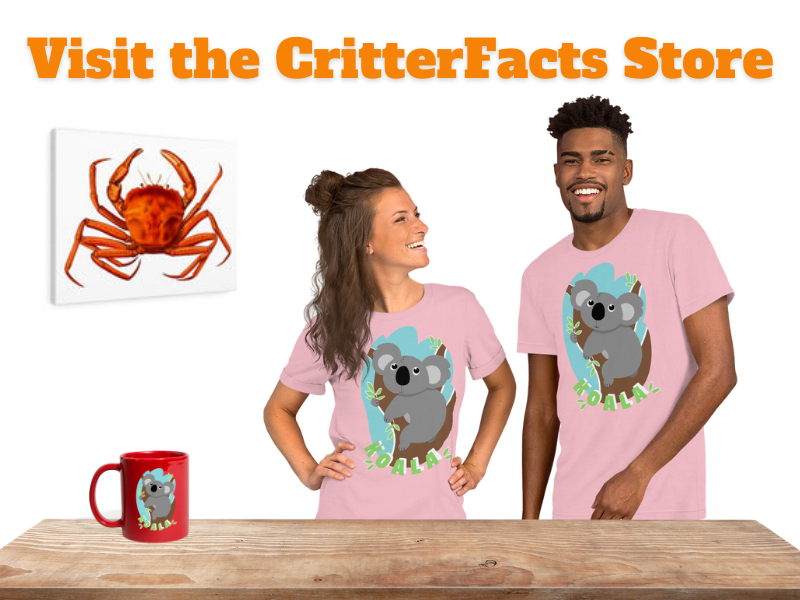97% of the animal kingdom is made up of invertebrates. I remember my invertebrate zoology professor ranting through our first lecture about how the majority of them are named for what they are lacking, but that lack is something that the minority has (but that’s a story for another day).
Chances are if you’ve taken the most basic of biology courses, one of the first things you learned was the tree of life and the levels of taxonomic classification (Domain, Kingdom, Phyla, Class, Order, Family, Genus and Species). And to further complicate things, there are subphyla, subclass, infraorder, superorder, subspecies, and a whole host of other derived nonsense.
Cladistics is the field of taxonomy that creates these trees of life (phylogenies) based on the shared and derived characteristics of common ancestors. It’s an ever-changing field with DNA sequencing and molecular phylogenies becoming more accessible, and the taxonomic relationships among animals are constantly being reassessed and more accurately described.

Image of embryos under a microscope
Humans are vertebrates, along with reptiles, birds, amphibians, fish, and other mammals. Vertebrates are chordates, along the invertebrate urochordates. The characteristic they have in common is called the notochord, which develops into the vertebral column in humans and other vertebrates. However, humans are also grouped with another, rather unexpected invertebrate phyla called the echinoderms.
The echinoderms consist of marine animals such as Sea Stars, Sea Urchins, and Sea Cucumbers. So, what could humans possibly have in common with a sea star? Or a sea cucumber? What could a two-legged mammal possibly have in common with a bottom-dwelling, sea creature that pushes its stomach out through its mouth? Let me tell you.
It’s your butthole.

Image of a pink-colored sea cucumber
There are multiple phases in the development of animal embryos, including the development of the mouth, gut, and anus. When this happens, the animal is just a small clump of cells called a blastula. An indentation appears, called a blastopore, and eventually becomes the first of two openings, connected by the gut.
In protostomes, this first opening becomes the mouth, and the second is the anus. In deuterostomes, it’s the opposite; the anus forms first. Chordates (you), hemichordates (acorn worms), urochordates (tunicates) and echinoderms (sea stars) are all deuterostomes.
That’s right, the thing that connects you to the animals that look like spiny balls and squirt water at you when you poke them is your butthole.

Image of sea squirts
Whether you believe that life on this Earth began by the creation of a divine being, panspermia or that the first single-celled organisms erupted in a pool of primordial ooze, there is no denying that all life is connected. Be it by our evolutionary history, our skeletal structure, the proteins in our skin and muscle, or the early development of our digestive tracts. Life on this earth is everywhere.
And while you may not eject your innards out through your butthole to ward off any predators, as our beloved sea cucumbers do, the process of how your butthole became your butthole is more or less the same.







































Thank you, Carly! This is the kind of content we need right now!
Who knew?
Not me!
Thank you, Carly, for making this science available to my aging brain with your creative word-smithing.
Bravo!
Traceymay